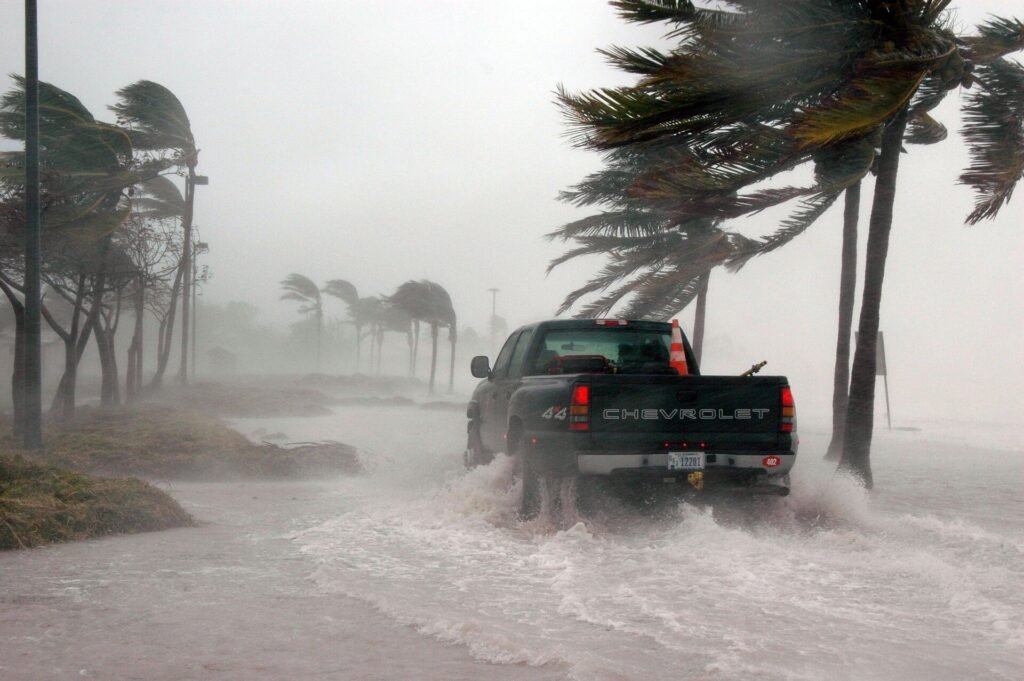Hurricanes and related natural disasters are becoming increasingly severe and frequent worldwide, posing a significant threat to vulnerable populations, particularly older adults. In the aftermath of Hurricane Sandy in 2012, which wreaked havoc in the northeast US, researchers have delved into the long-term health effects on those who continued to reside in the hurricane-affected areas.
A recent study published in Frontiers in Public Health examined the impact of staying in hurricane-flooded regions on the mortality risk of health-insured individuals aged 65 and above. Led by Dr. Arnab Ghosh, an assistant professor of medicine at Cornell University, the study revealed that areas affected by hurricane-related flooding post-Sandy experienced higher rates of mortality from all causes.
The research team analyzed data from nearly 300,000 Medicare beneficiaries in New York State, New Jersey, Connecticut, and New York City, focusing on 959 zip-code tabulation areas (ZCTAs) that were either flooded or within a 10-mile radius of flooded zones. The results showed a 9% increased risk of death for older adults residing in hurricane-flooded areas up to five years after the disaster compared to those in non-flooded areas.
Of particular interest was the regional variation in mortality risk, with Connecticut and New York City exhibiting the highest increases in mortality rates post-flooding. Surprisingly, Connecticut, despite having a different socioeconomic profile than New York City, showed the highest mortality risk increase among all regions studied. The reasons behind this disparity warrant further investigation, according to the researchers.
The study underscores the importance of considering the long-term health impacts of natural disasters on older adults, who are more vulnerable due to factors such as medical comorbidities and functional limitations. As the elderly population grows, understanding and addressing the lasting effects of disasters on their health becomes paramount.
Disaster response strategies should take into account localized risk factors and demographics to better protect vulnerable populations. By delving into the specific challenges faced by different regions post-disaster, policymakers can tailor interventions to address the unique needs of each community.
The findings of this study shed light on the enduring health consequences of hurricanes and emphasize the need for proactive measures to mitigate long-term risks for older adults. By understanding the nuanced impact of natural disasters on different regions, we can better prepare and protect vulnerable populations in the face of future calamities.


